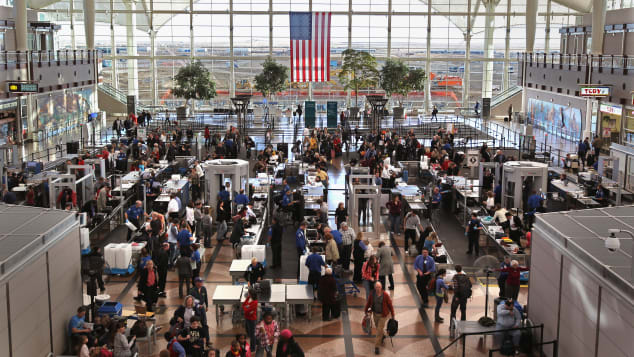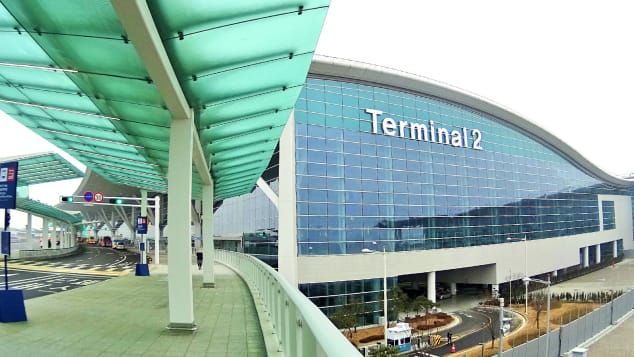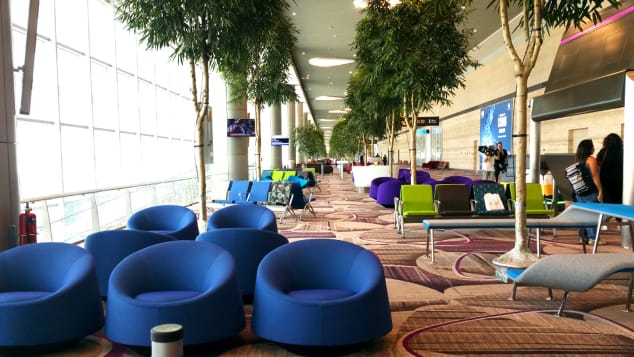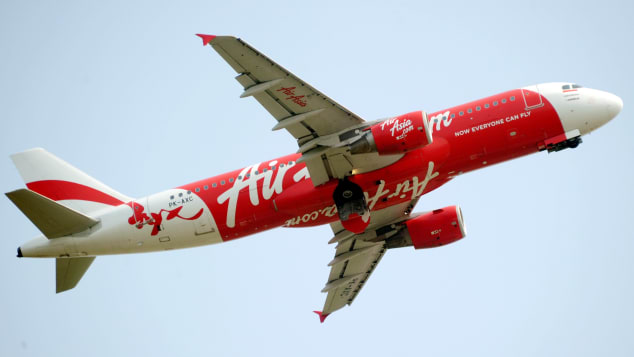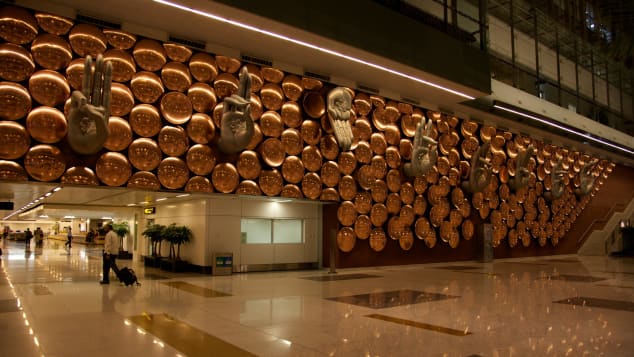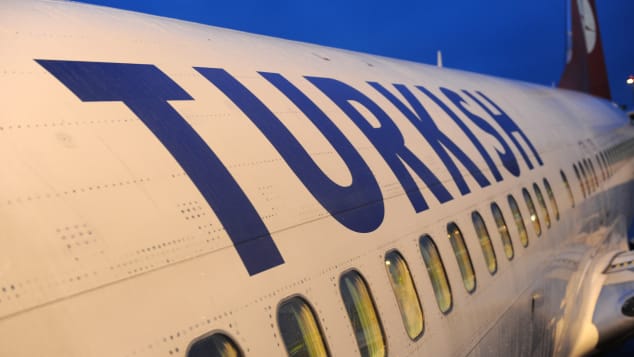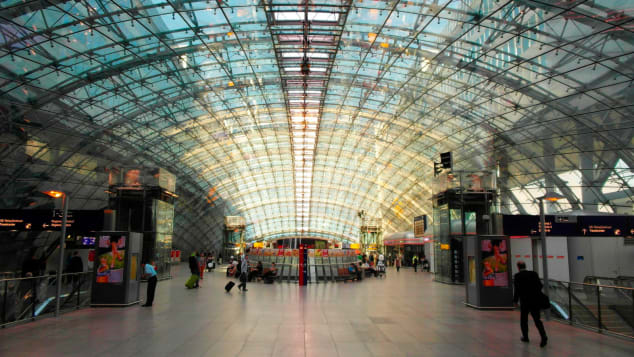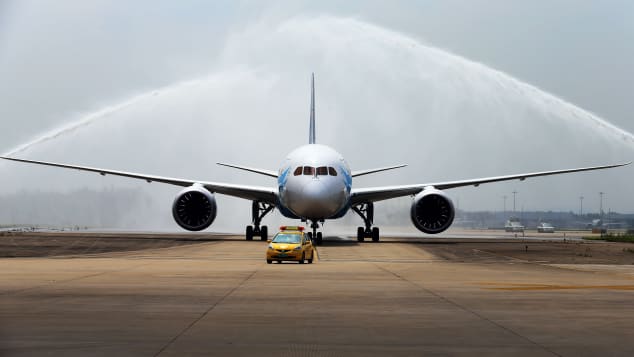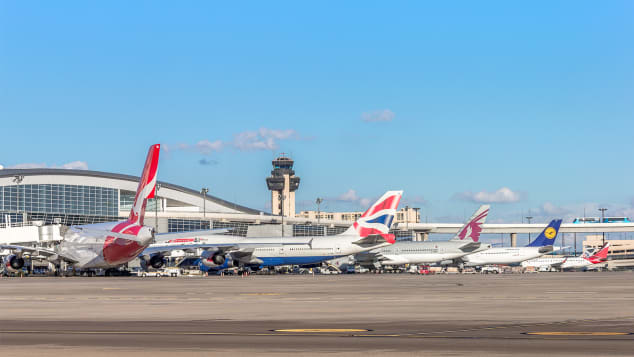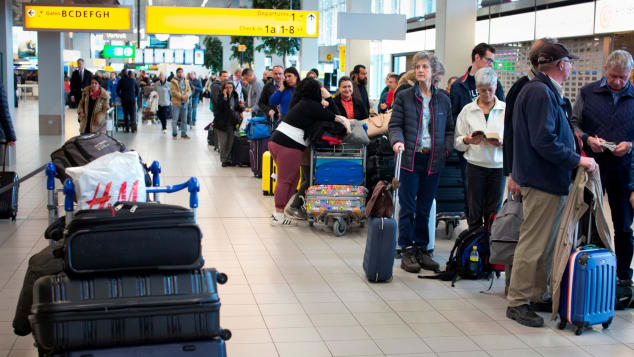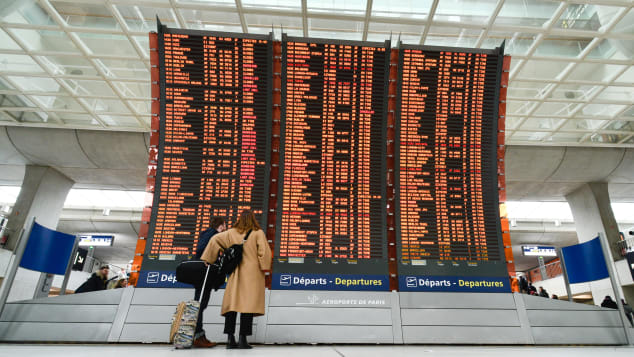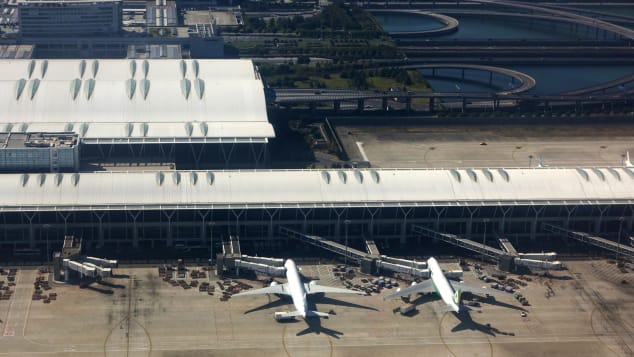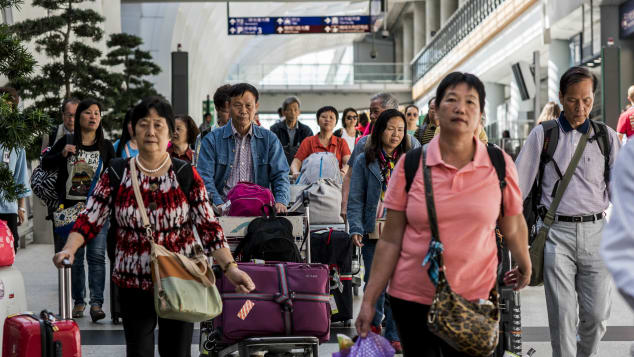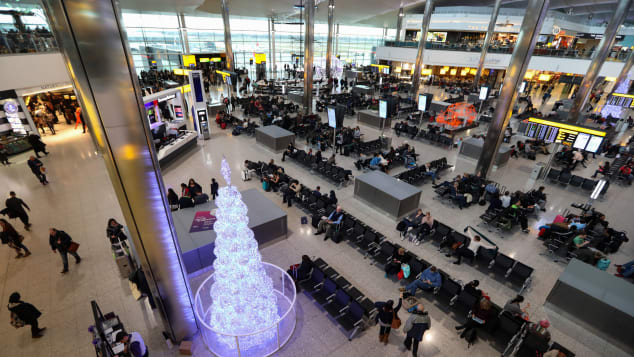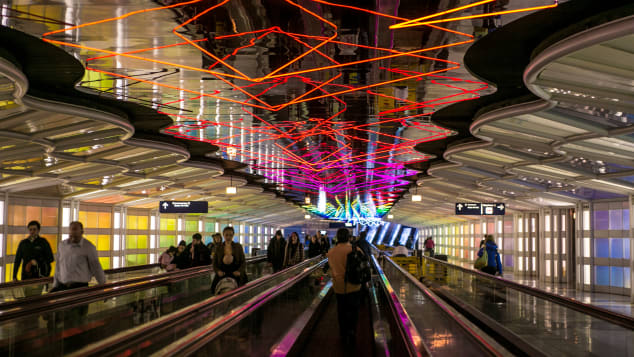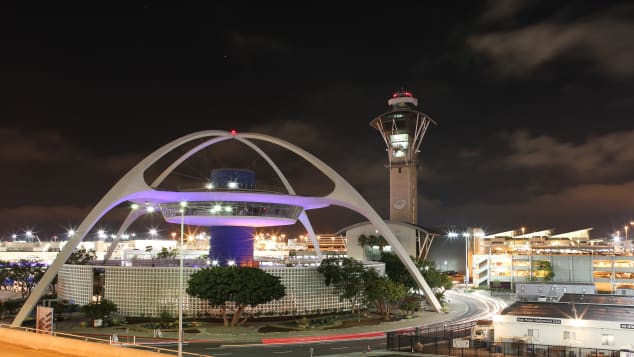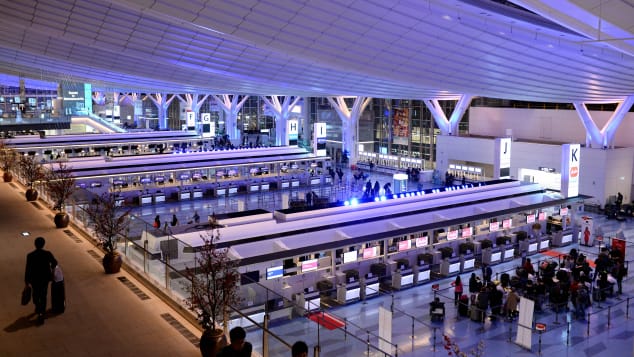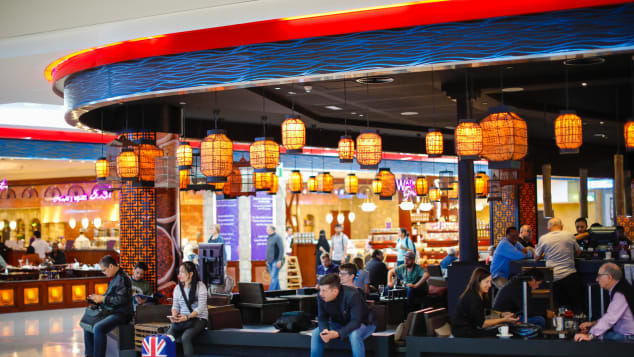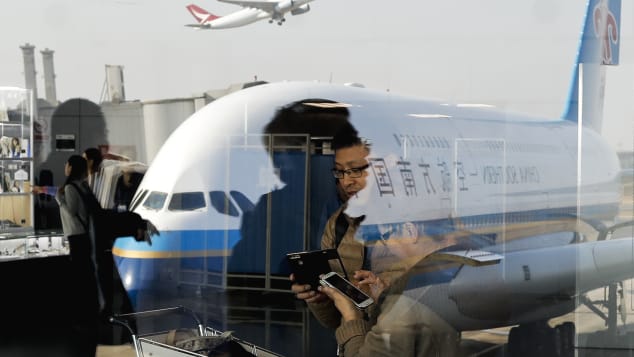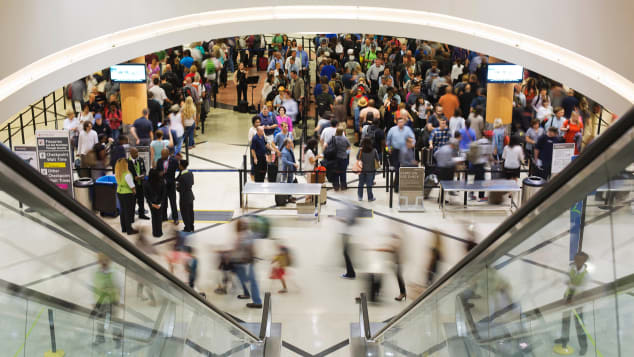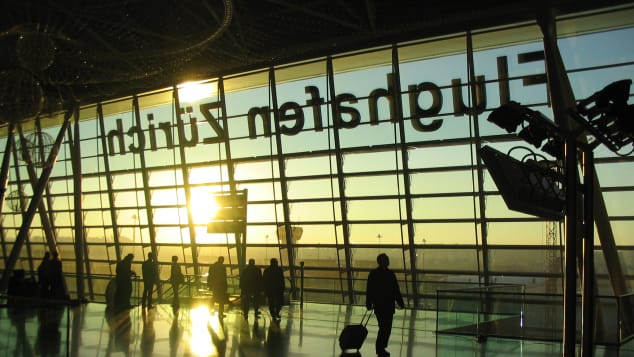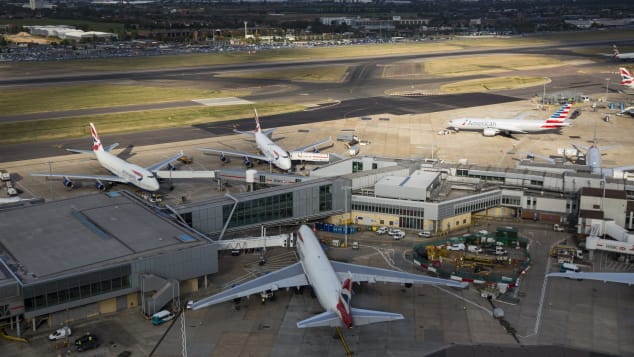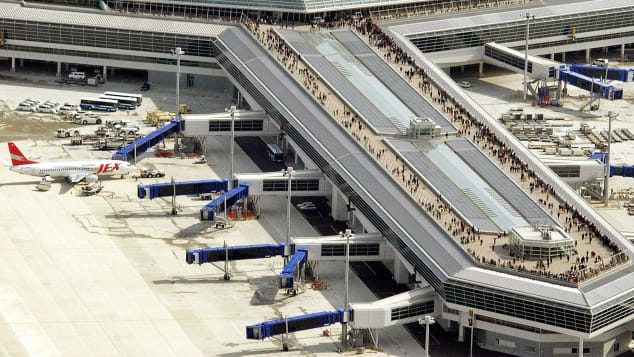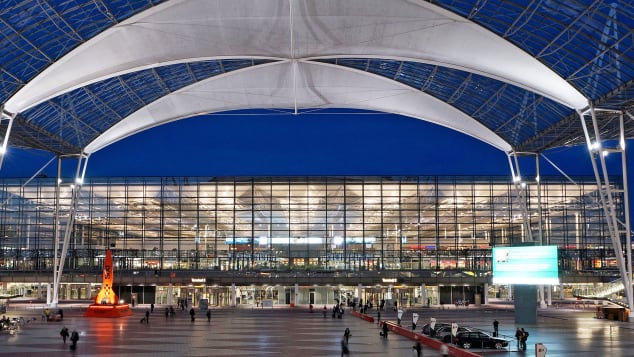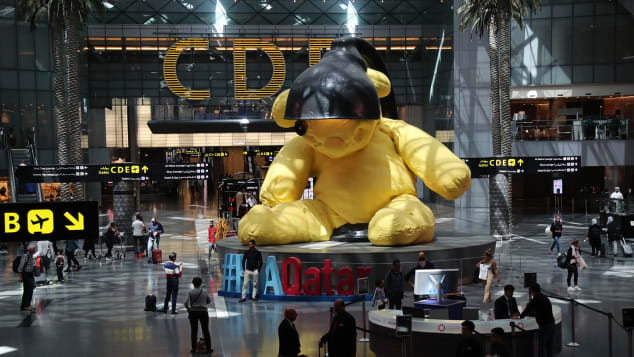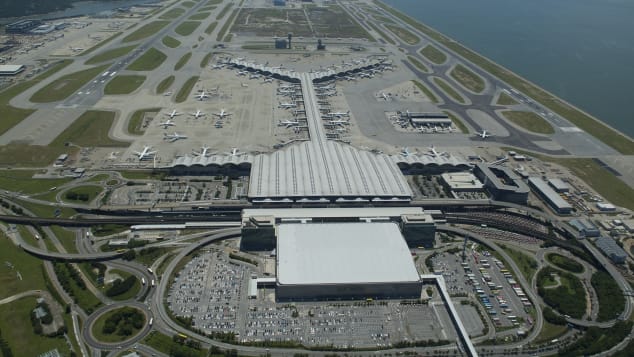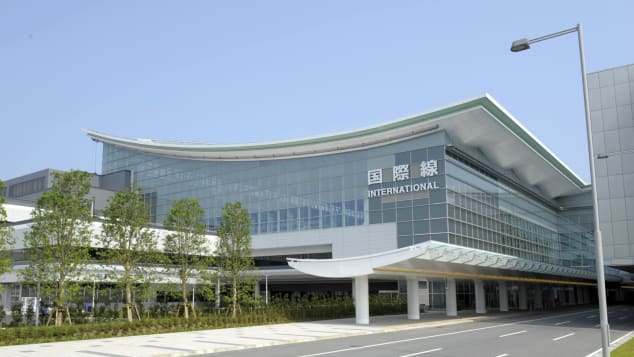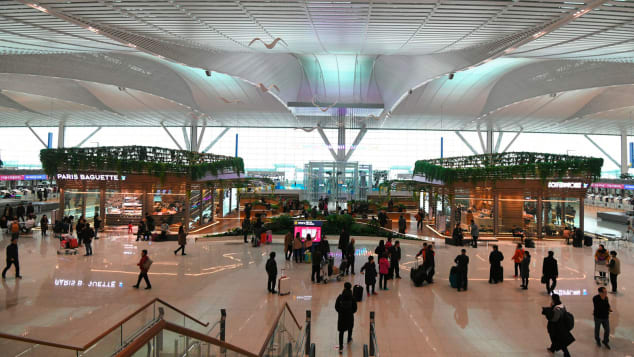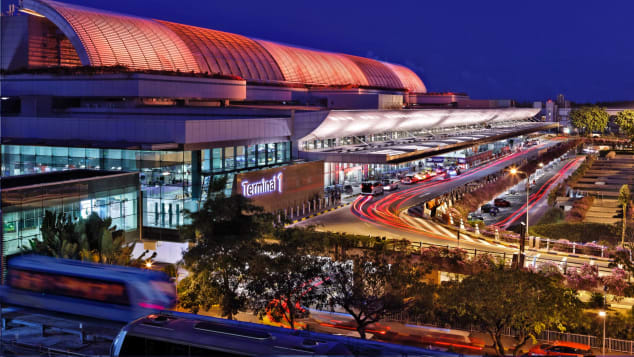This post has already been read 2335 times!
A century after it opened as a simple grass runway in a village west of London, Heathrow could be transformed into the world’s biggest airport following a controversial decision by British lawmakers.
Construction of a third runway — one which would extend over the country’s busiest freeway — was approved in a parliamentary vote that followed decades of debate over how to expand the UK’s capacity for air traffic.
Under the proposal, passenger capacity at Heathrow could jump from nearly 80 million passengers per year to 110 million by 2030, making it, by current statistics, the world’s biggest in terms of traffic.
As well as boosting Heathrow’s status as an aviation hub and making it easier for visitors to travel to the UK, it’s hoped the move will counter any economic fallout from the country’s “Brexit” from the European Union.
But the strong resistance to Heathrow’s expansion is likely to continue beyond the vote.
Pressure groups have long claimed that increasing the airport’s size and bringing in more air traffic over a heavily populated area will adversely impact those living nearby and irreparably hurt the environment. Hundreds of homes would be destroyed to facilitate the expansion.
Resisting the bulldozers
The world’s busiest airports: While airline passengers might wish for slightly less crowded airports, cities love to brag about their booming airports and the impact of flight on the local economy. One of the most popular in the world is Denver International Airport in the US, which was the 20th busiest in the world last year, with more than 61 million passengers. That’s according to preliminary 2017 passenger data from Airports Council International.
John Moore/Getty Images
One senior member of the opposition Labour party said his party would halt expansion if it came into power, the BBC reported. John McDonnell was quoted saying a bigger Heathrow would be a “threat to the planet.”
Vocal opponent Boris Johnson — the UK’s foreign minister, who once said he would “lie down in front of the bulldozers” to stop a third runway being built — missed Monday’s parliamentary vote because he was out of the country.
His absence spared him the dilemma having to obey or defy an order by his boss, Prime Minister Theresa May, directing all ruling Conservative party lawmakers to approve the runway. The expansion plans were approved by a massive majority.
If construction work to expand Heathrow does go ahead, the £14.3 billion ($20 billion) plan is to build a third runway northwest of and parallel to the existing two east-west strips.
The new airstrip would cross over the M25 motorway, London’s busy and regularly congested outer ring road. About 750 homes in the villages of Longford, Sipson and Harmondsworth could be flattened to make way.
Rival runways
Skytrax World’s Best Airports: 10. Frankfurt Airport (Germany): Aviation ranking site Skytrax has released its best airport list for 2018. Click through the gallery to find which was named number one at the 2018 Skytrax World Airport Awards.
Pixabay
Some campaigners have unsuccessfully tried to make the case for developing some of Heathrow’s rival airports. London is served by five main aviation facilities: Heathrow, Gatwick, Luton, Stansted and City.
Johnson, a former mayor of London, favored the construction of an artificial island in the Thames river estuary, east of London, to host an all-new airport. Critics said “Boris Island” was unviable.
Without expansion, government officials say London’s airports will reach capacity by 2034.
Heathrow is currently the world’s seventh busiest airport in terms of passenger numbers, with 78 million in 2017.
Top of the list is Hartsfield-Jackson Atlanta with 104 million, followed by Beijing Capital with 96 million, Dubai with 88 million, Tokyo Haneda with 85 million, Los Angeles with 84.6 million and Chicago O’Hare with 80 million.
The top 10 is rounded out with Hong Kong in eighth place with 73 million, Shanghai Pudong with 70 million in ninth and Paris-Charles de Gaulle in 10th with 69 million.
Source: [CNN]




